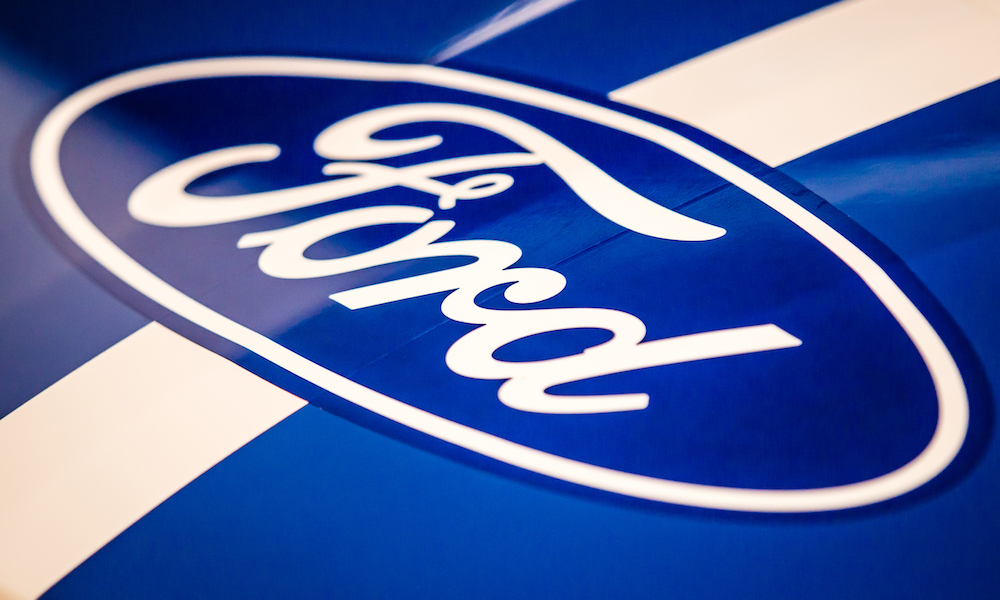
Ford is working on returning to the increasingly popular realm of prototype racing.
After launching its new Mustang GT3 model last year with Multimatic in IMSA’s WeatherTech SportsCar Championship and with the privateer Proton Competition squad in the FIA World Endurance Championship, RACER understands Ford is actively exploring the formation of another sports car engagement with a factory prototype initiative that would comply with LMDh regulations.
Within IMSA’s GTP class, cars built to LMDh rules are fielded by Acura, BMW, Cadillac, Lamborghini, and Porsche, and by Alpine, BMW, Cadillac, and Porsche in the WEC’s Hypercar category. Hyundai’s Genesis effort, due in 2026 in WEC and 2027 in GTP, is also being designed to LMDh standards.
Three sources have told RACER that Ford is in advanced conversations with chassis constructors, along with making outreaches to potential partner teams. Although it’s unclear whether Ford would focus solely on a domestic effort in IMSA, or run dual programs with one on home soil and an international WEC campaign, its most recent full-factory initiative, where the Ford GT was represented in both championships, could serve as a guide for where a GTP/Hypercar project is headed.
Asked about the brand’s return to prototype competition, a Ford spokesperson told RACER, “We can’t comment on any speculation.”
Ford’s first global prototype campaign was with the famed GT40 program that raced in the U.S. and went abroad and won the 24 Hours of Le Mans four consecutive times from 1966-1969. The Ford C100 prototype, conceived and focused on European endurance racing, debuted in 1981, and on the domestic front, a pair of memorable factory programs sprang forth in the 1980s as well, starting with Bob Riley’s front-engine Mustang GTP in 1981, which won on its debut, and it was followed in 1985 with the Ford Probe GTP penned by Paul Brown, both who were early adopters of carbon fiber in prototype chassis design.
Although it stepped away from building complete prototypes that wore its name, Ford’s V8 engines were a popular and highly successful engine choice in the 1990s within IMSA’s World Sports Car formula — its successor to GTP – and the trend continued in the 2000s in the Grand-Am Rolex Series, where Ford V8s powered a range of first-generation Daytona Prototypes.
Its most recent foray into prototype racing came during the second DP era in the 2010s, when Chip Ganassi Racing and Meyer Shank Racing ran Riley-built cars dressed in customized Ford-commissioned bodywork that utilized Ford’s twin-turbo V6 EcoBoost motors.
The Michigan-b ased auto manufacturer, which also has a major presence in NASCAR, the NHRA, and will enter Formula 1 as an engine supplier in 2026, also earned notable victories with its Ford GT effort that ran from 2016-2019 with the Ganassi team in IMSA and WEC, underscored by a class win on its return to Le Mans in 2016 and back-to-back class wins at the Rolex 24 At Daytona from 2017-2018.